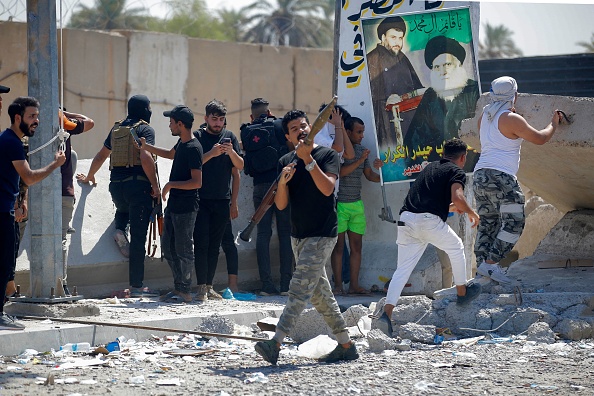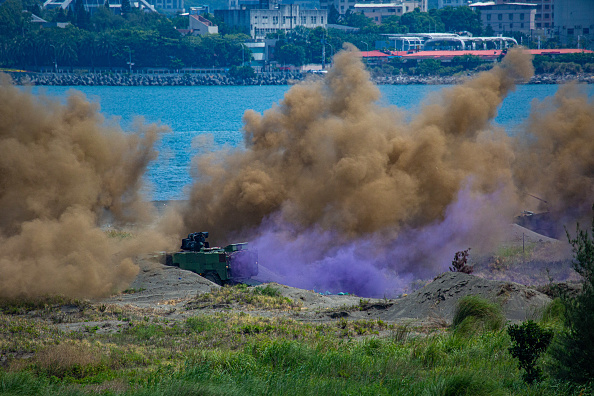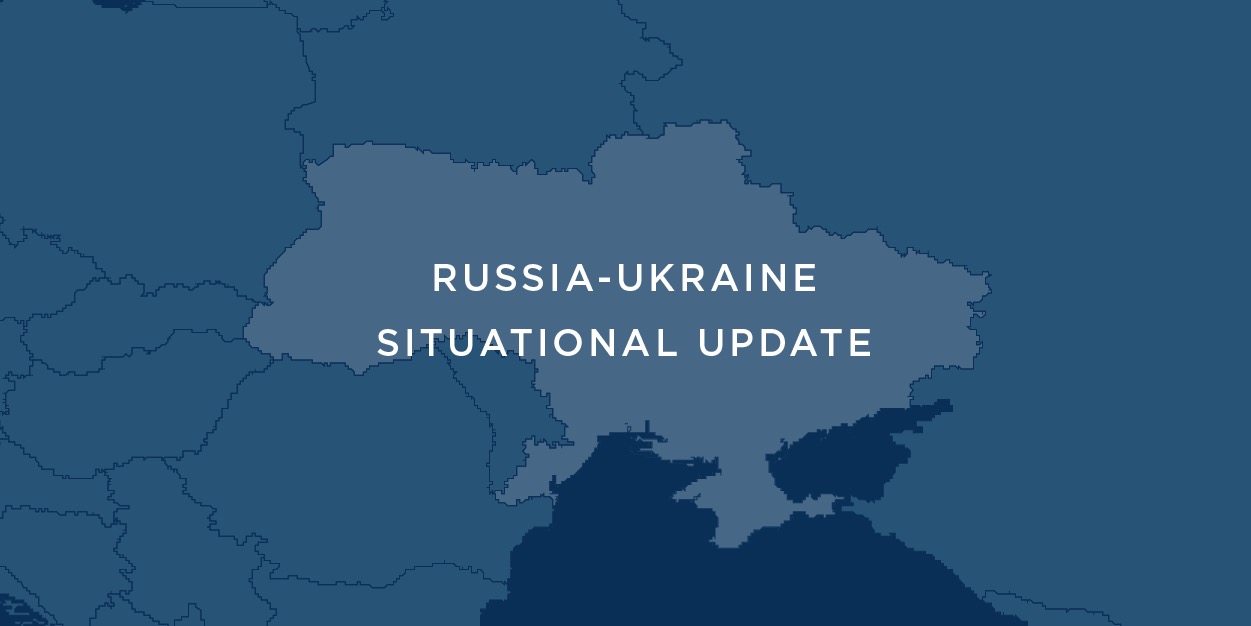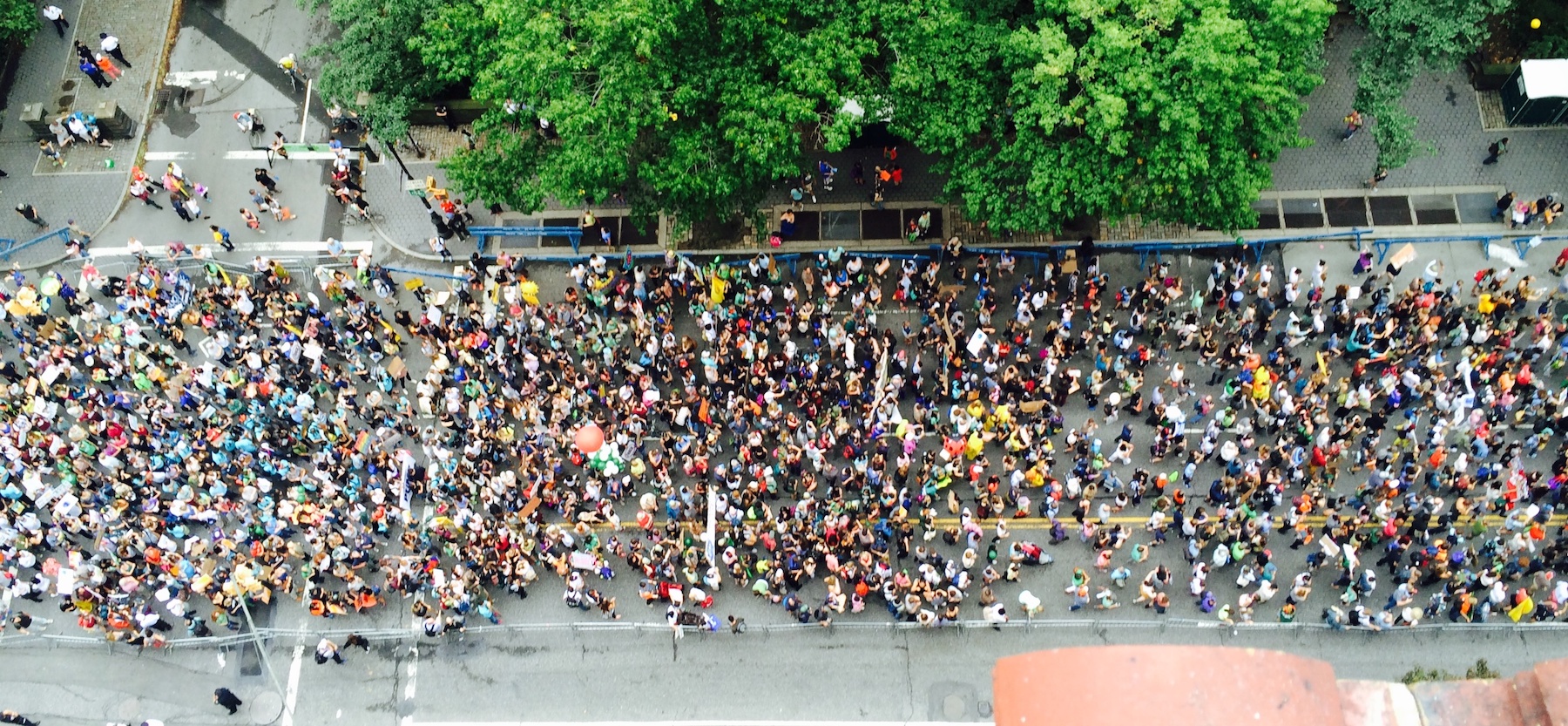SITUATION UPDATE
On 29 August, civil unrest erupted across Iraq following the retirement announcement of Shi’a spiritual and political leader, Muqtada al-Sadr. Political tensions between al-Sadr's supporters and supporters of the pro-Iran Shiite Coordination Framework were already sky-high over efforts to break through the political deadlock that emerged from the October 2021 elections. Following overnight clashes, the current situation has begun to stabilize though fighting could reignite at any point in this highly volatile political moment.
Al-Sadr's supporters stormed Baghdad's International Zone (Green Zone) on 30 July and escalated their occupation of the area starting on 23 August in an attempt to pressure the country's judiciary to dissolve parliament, which would, in turn, trigger fresh elections.
Violent protests were reported in Baghdad's Green Zone, Tahrir Square, Kadhimiya and Jadriyah area, and in the cities of Diwaniyah, Nasiriyah, Basrah, Baqubah, Kut, and Samawah. Over 35 people were killed and at least 700 were injured in clashes between al-Sadr supporters and his Seraya Al-Islam armed militia, Iran-aligned paramilitary groups, and Iraqi security forces. Mortar and rocket-propelled grenade (RPG) fire was reported overnight, as well as at least four rocket explosions. During the fighting, al-Sadr’s Seraya Al-Islam destroyed Iran-affiliated Asa'ib Ahl Al Haq's headquarters in Diwaniyah and Kata'ib Hezbollah’s headquarters in Baghdad and Basra—sending a strong message to Iran.
Impact
- A nationwide curfew was put into effect at 19:00 local time (but has since been lifted)
- Temporary closure of the Iran-Iraq border
- Evacuation of the Embassy of the Netherlands in the Green Zone
- Temporary blockade of roads to three oil fields and Basrah International Airport (BSR)
- The US Embassy C-RAM defense systems were activated in the Green Zone, with at least two rockets being intercepted
Current Situation
Today, in an afternoon speech, al-Sadr condemned the violence and urged his followers to withdraw from the Green Zone within 60 minutes. Early reports indicate that the Sadrists have started withdrawing from the Green Zone and other sites of protest following Sadr's ultimatum. Iraqi Joint Operations Command also ended the curfew in Iraq.
Looking Forward
While the security situation in Iraq has temporarily stabilized, the political environment is still highly volatile, with the potential to erupt again. With tens of thousands of politically opposed armed militiamen harboring deep grievances, further and more intense violence cannot be ruled out.
Global Guardian will be monitoring Iraq's political developments, primarily announcements and events surrounding Muqtada al-Sadr. In addition, Iraq’s Federal Supreme Court is also expected to decide on whether or not parliament can be dissolved, and if new elections can be held—the main drivers of the recent political crisis and associated unrest.








